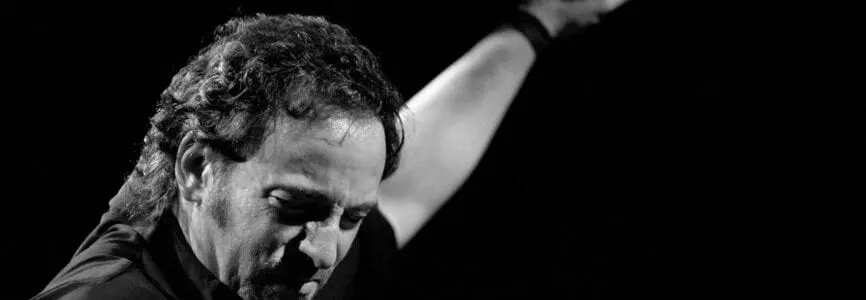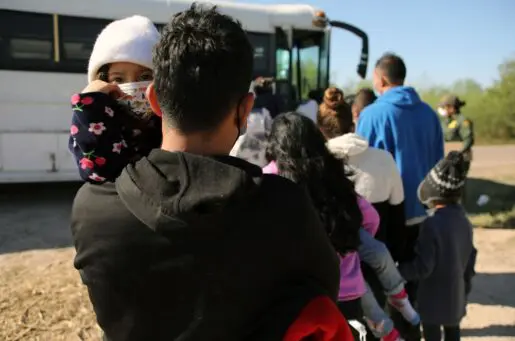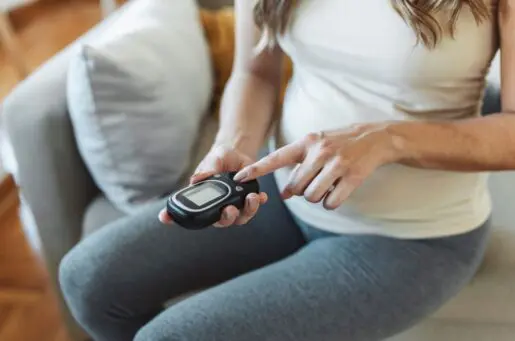Bioethics Forum Essay
Bruce Springsteen: The Latest Celebrity DWI
It was especially disappointing to read about Bruce Springsteen’s recent arrest for suspicion of driving while intoxicated (DWI). After all, the famous rocker, whose father was an alcoholic, has stated that he is not a heavy drinker. And his father’s sister was killed by a truck when she was a child. Yet Springsteen, according to the arresting officer, was “visibly swaying” and smelled “strongly of alcohol.”
Drunk driving remains ubiquitous more than 40 years after the founding of Mothers Against Drunk Driving in 1980—both among famous and ordinary people. Why is drunk driving still so commonplace and how can we reenergize efforts to discourage such inappropriate and dangerous behavior?
Well into the 1970s, drunk driving, while illegal in all 50 states, usually generated little more than slaps on the wrist by local law enforcement. Young men in their 20s and 30s—the largest group of people arrested for drunk driving—loved to drink alcohol, particularly beer. The beverage industry aggressively marketed its products on television, in sports arenas and stadiums, and on college campuses. In the meantime, especially with the growth of suburbs and the interstate highway system in the 1950s, driving became an American passion. The car was a “freedom machine,” able to take someone wherever they wanted to go, whenever they wanted to go.
The combination of drinking and driving became a rite of passage. Yes, there were public service announcements about its dangers, but convictions proved hard to obtain. For one thing, state laws were lax. The legal limit for drunk driving (blood alcohol content, or BAC) was as high as 0.15 in many states, nearly twice today’s value of 0.08. Those who registered under 0.15 could plead down to minor offenses, such as traffic violations. Astoundingly, this even occurred when the drunk driver had injured or even killed someone in a crash.
Why was there so much tolerance? One explanation is that drinking and driving was something that everyone sometimes did—even police officers, prosecutors, and judges—so why penalize those who got caught? Police officers in Chicago famously used to drop the keys of drunk drivers down a sewer grate and send them on their way. The message was clear: You are too drunk to drive home tonight—and don’t get caught next time.
Change finally began to occur in the late 1960s. A federal government report issued in 1968 estimated that roughly 25,000 Americans died annually from drunk driving. But it was the relatives of victims who made drunk driving a bona fide public health issue. The stories were as devastating as they were numerous. For example, the man who killed the 13-year-old daughter of MADD founder Candy Lightner had four previous DWI arrests, the last of which had occurred only two days earlier. “Lady, you’ll be lucky if he sees any jail time at all, much less prison,” a police officer told Lightner. “That’s the way the system works.”
A journalist, Doris Aiken, founded the first activist organization, Remove Intoxicated Drivers (RID), in upstate New York in 1978. MADD, which was originally called Mothers Against Drunk Driving, followed in 1980. Particularly infuriating to victims was the tendency to call drunk driving crashes “accidents,” as if they were acts of God and not entirely preventable.
A flurry of attention followed. Drunk driving was an issue that united progressive public health advocates with more conservative Reagan-era voters who preached law and order. By 1990, states had passed over 700 new drunk driving laws and the legal limit was in the process of being lowered to 0.08. The phrase “Friends don’t let friends drive drunk” helped to publicize concepts such as the designated driver, a person at a bar or a party who abstained and then safely drove his or her friends home. Perhaps the pinnacle of anti-drunk-driving activism occurred in 1984 when President Ronald Reagan signed a bill raising the drinking age from 18 to 21.
Drunk driving activism has undoubtedly been successful. Current annual deaths stand at roughly 10,000 annually, 40% of the level in 1968. All 50 states have laws mandating the use of ignition interlocks, which require drivers to blow into a Breathalyzer in order to start their cars, for certain drunk driving offenders. Sobriety checkpoints have become common sites and are proven to lower rates of drunk driving.
But as Bruce Springsteen’s arrest reminds us, the public health message of “do not drink and drive” is still routinely ignored. The Centers for Disease Control and Prevention estimates that at least 110 million episodes of impaired driving still occur in the United States each year. Celebrities who should have no trouble finding alternative transportation, including Lindsay Lohan, Mel Gibson, Kim Kardashian, Justin Bieber, and Kevin Hart, are among the hundreds who have been arrested for DWI.
Part of the challenge for anti-drunk driving activists has been to keep attention focused on the problem. Other public health crises, such as the Covid-19 epidemic, naturally consume much of the available attention and funding. Related driving issues, such as reckless driving, fatigued driving, and texting while driving, also draw attention, although, ideally, we should uniformly condemn any behaviors that distract drivers. As activists have argued for decades, driving is a privilege, not a right.
So, here’s hoping that Bruce Springsteen will not only issue a public apology for his behavior but also use his arrest to refocus attention on a risky and dangerous behavior that is thoroughly preventable.
Barron H. Lerner, MD, PhD, a professor of medicine and population health in the Division of Medical Ethics at NYU Langone Health, is the author of One for the Road: Drunk Driving Since 1900. He is a Hastings Center fellow. Website: drbarronlerner.com, Twitter: @barronlerner














And now, we are not only dealing with drunk driving, but also impaired driving as recreational marijuana becomes legalized in more and more states.
Agreed and much harder to quantify what constitutes impairment.
How irresponsible for Dr Lerner to use Springsteen as a poster boy for his message when the specific facts of the case are murky. Springsteen is not a heavy drinker (I tour with him) and in this case his blood alcohol level was .02, 25% of the legal limit of .08. The other sobriety tests are highly discretionary and are not infrequently challenged in court. It can easily be argued that many in law enforcement haven’t forgiven Bruce for his song “American Skin” about Amadou Diallo and police violence 20 years ago.
Thanks for your reply. I tried to choose my words carefully and don’t think I implied Springsteen was a “poster boy.” And I agree we do not know all of the details and his BAC was under the legal limit. But he apparently declined a BAC at fist so we don’t know the timing of the one he did. But more importantly, regardless of the BAC and whether he is convicted, taking shots of tequila and then getting on one’s motorcycle is a hugely bad idea–both because it may impair you and because it sends a terrible message. That’s the behavior I hope he apologizes for.
When I heard about Bruce’s arrest, I asked myself, “This arrest might be a way to get back at him for his support for this current administration: PERIOD… There are so many haters out there and they are so envious. They are trying to keep him down but guess what? Whom God Bless, no man curse! During this time, the man was trying to clear his mind…so many people affected by COVID- 19. Give a good man a break and get off his FENDER! So many people are breaking the country apart and they are not targeted and arrested! Look at what happened on January 6, 2021, at the Capitol…those people should not be allowed to cause so much damages yet they were allowed to overrun the few police officers on duty
Dr. Lerner’s piece is a necessary and important reminder of the significant risk to public health that is posed by impaired driving. At the same time, however, we must all keep in mind that one is innocent until proved guilty. In the case of Mr. Springsteen, the New York Times has reported that his blood alcohol levels were in fact within legal limits, and accordingly the charge of operating under the influence has been dismissed. Mr. Springsteen admitted to consuming alcohol in a restricted area and paid a fine of $540.